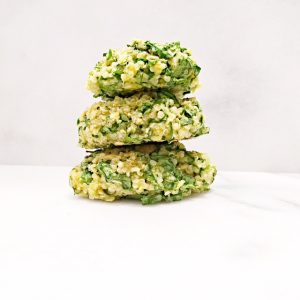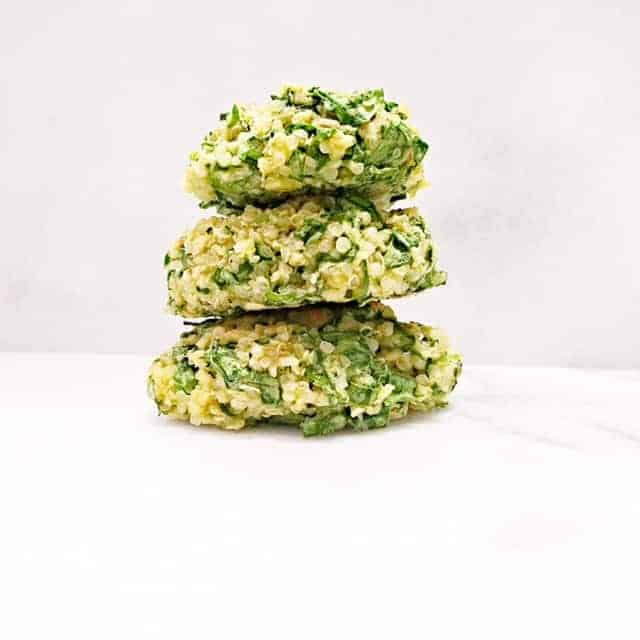Greek Canadian holistic nutritionist Cassandra Patmanidis, has first hand experience of working with food as medicine, which has fueled her passion for natural health and a desire to share what she knows with the wider community. Her goal is to pass on her knowledge about the power of nutrition, which in turn allows you to live a happier and healthier quality of life.

Today Cassandra shares with us the benefits of a good Greek diet, plus her delicious and healthy Spanakopita Cakes recipe. When you look closer, a good Greek diet (which falls under the very well known, Mediterranean diet) is associated with positive effects on heart health. In 2013 a study was published in the New England Journal of Medicine. It found that about 30 percent of heart attacks, strokes and deaths from heart disease can be prevented with a Mediterranean diet, among people with high cardiovascular risk.
The diet is actually quite simple. Plentiful amounts of virgin olive oil, fresh vegetables (especially wild greens), fruit, whole grains, beans and legumes, moderate amounts of fish, poultry, eggs, dairy, and infrequent consumption of red meat and sugar (enjoyed on special occasions).
Something important to point out is the amount of healthy fat in the diet. Olive oil, for example, is mostly monounsaturated fat, this type of fat from olives is beneficial, however, good quality olive oil also provides protective antioxidants to fight free radical damage protecting cell membranes. It is why olive oil has a protective effect on heart health.
What you DO eat is not the only thing that can contribute to good health but also what you are NOT eating. This may seem obvious, but with overly processed junk food so conveniently available eating healthy has become more challenging.
The main feature of a healthy Greek diet simply begins with the unprocessed nature of the food, eating foods that grow naturally within the current season, and the very short travel time of fresh local farm ingredients to the kitchen table.
Go back to the basics of food, where you can recognise each ingredient in what you are eating. If you are able to picture your Yiayia making it in the Chorio (village), more than likely it is a good choice.

‘Spanakopita’ Cakes Recipe
Makes about 20-25
Ingredients
- 4 x cups chopped spinach
- 5 x sticks green onions, chopped
- Handful x fresh dill chopped
- 5 x eggs
- 1 x cup feta
- 2-½ x cups cooked quinoa
- 1-¼ x cups oats (pulsed in a food processor a couple of times)
- salt and pepper, to taste
Method
- Be sure that you have 2.5 cups of already cooked and cooled quinoa.
- Chop the spinach, green onion and dill and place in a big bowl.
- Add into the bowl the remaining ingredients, quinoa, eggs, feta, and pulsed oats, and mix well with your hands.
- Once the mixture is combined nicely, bring the mixture into the middle of the bowl and pat it into a ball type shape.
- Place the bowl in the fridge for the mixture to sit for about 20 minutes.
- Set your oven to 350F, and prepare 2 baking trays with parchment paper.
- Take the bowl out of the fridge and begin to form gently flattened balls with the mixture and place them on the lined trays.
- Bake for 10-15. Flip at the halfway mark. Keep your eyes on them because depending on how small or large you make them the baking time will vary.
- Take out of the oven and set aside.
- Heat a pan/skillet and warm some olive oil.
- In batches in the pan, lightly brown both sides of the spanakopita cakes
- Plate, and enjoy!


